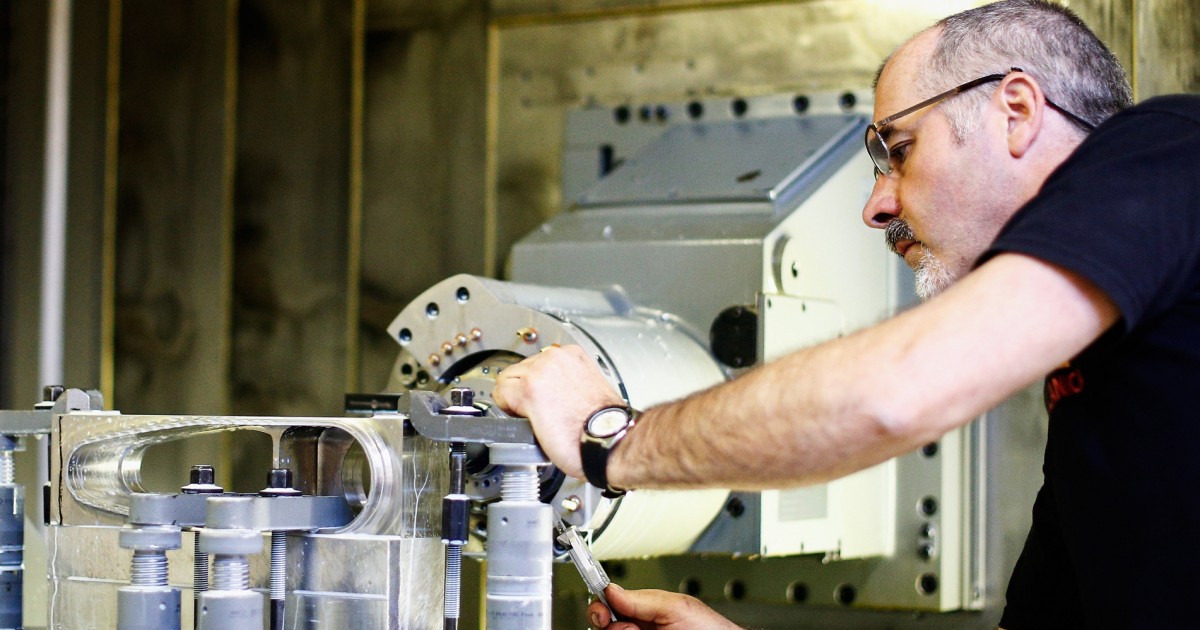
High-pressure
In space and astronautical engineering, high-pressure refers to a condition where the pressure of a gas or fluid is significantly higher than the ambient pressure. High-pressure systems are commonly used in rocket engines, where the combustion of fuel and oxidizer generates high-pressure gases that are expelled through a nozzle to produce thrust. High-pressure systems are also used in life support systems, where they are used to regulate the flow of gases such as oxygen and nitrogen to maintain a breathable atmosphere inside spacecraft and space habitats. High-pressure systems can pose significant safety risks if not properly designed and maintained, as the sudden release of high-pressure gases can cause explosions or other catastrophic failures.
Your Previous Searches
Random Picks
- Ground-based Tracking Systems: Ground-based tracking systems are a set of instruments and technologies used to track and monitor spacecraft, satellites, and other objects in space from Earth. These systems include radar, telescopes, cameras, and other sensors that are us ... Read More >>
- Signal Attenuation: Signal attenuation refers to the reduction in strength of a signal as it propagates through a medium. In the context of space and astronautical engineering, signal attenuation is a critical factor in the design and operation of communicatio ... Read More >>
- Frequency Hopping: Frequency hopping is a technique used in wireless communication systems where the carrier frequency of a transmitted signal is rapidly switched among many different frequencies according to a particular sequence known to both the transmitte ... Read More >>
Top News

Scientists release plans for an even bigger atom smasher to address the mysterie...
GENEVA — Top minds at the world’s largest atom smasher have released a blueprint for a much bigger successor that could vastly improve research into the remaining enigmas of physics....
News Source: NBC News on 2025-04-01

Scientists release plans for even bigger atom smasher along the French-Swiss bor...
Scientists at the world’s largest atom smasher have released a blueprint for a much bigger successor that could help solve enigmas of physics, starting in the mid-2040s at a cost of about $16 billio...
News Source: ABC News on 2025-04-01

The 'Blaze Star' hasn't exploded yet, but it could soon...
T Coronae Borealis has an outburst every 79 to 80 years, according to NASA....
News Source: ABC News on 2025-03-28
I visited the sprawling 'metroburb' where 'Severance' is filmed. It's a 2 millio...
Bell Works, the real office complex that doubles as Lumon on "Severance," is redefining what an office can be....
News Source: Business Insider on 2025-03-28

We've spotted auroras on Neptune for the first time...
After 34 years of searching, astronomers have finally confirmed Neptune has auroras, thanks to data from the James Webb Space Telescope...
News Source: New Scientist on 2025-03-27